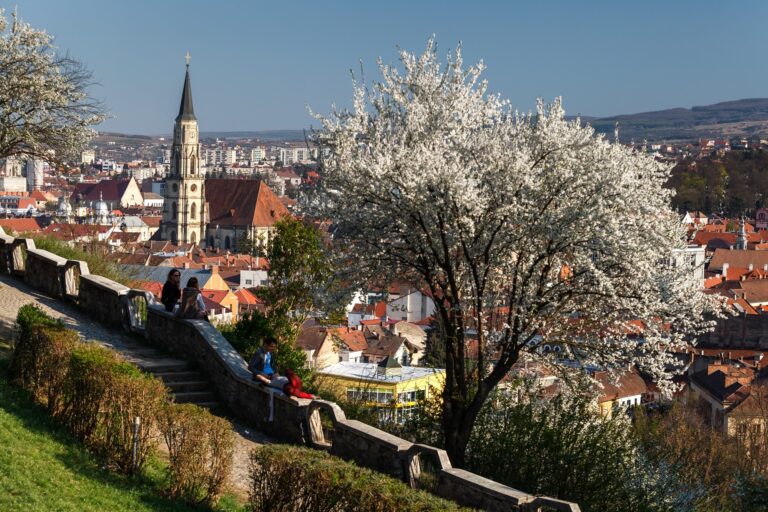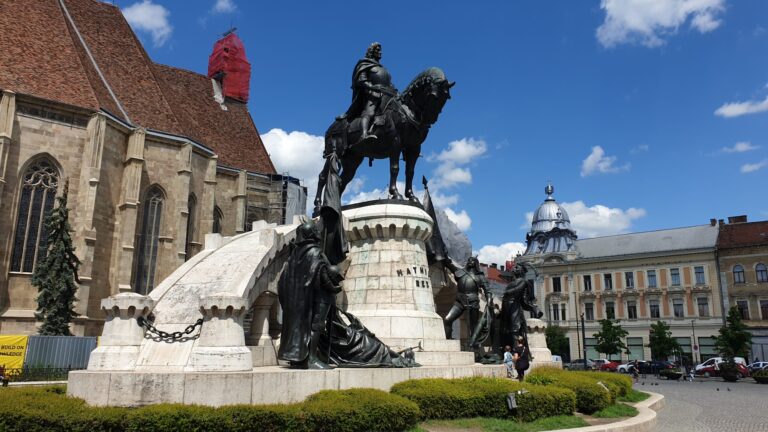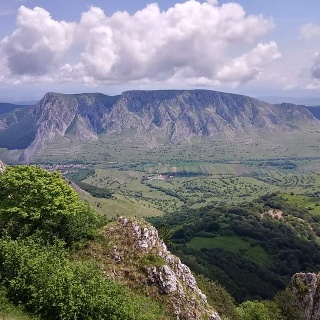Locations of our training courses



Cluj-Napoca
Cluj-Napoca, often called the “Heart of Transylvania,” is Romania’s second-largest city and one of the country’s most vibrant cultural and academic hubs. What makes Cluj truly special is its unique blend of Romanian, Hungarian, and Saxon heritage, reflected in its architecture, traditions, and everyday life. This multicultural identity creates a welcoming and diverse atmosphere for visitors and residents alike.
Cluj is also a leading university city, home to one of Eastern Europe’s most prestigious universities along with a large student population that brings youthful energy and creativity to the city.
With a strong focus on innovation, Cluj- Napoca is also considered one of Europe’s rising “smart cities,” investing in green public transport, digital infrastructure, and sustainable urban development. It’s also a growing hub for IT, entrepreneurship, and research. No matter when you visit, the city is alive with events—music and film festivals, street fairs, academic conferences, art shows, and local celebrations happen year-round.
During your Erasmus+ course in Cluj-Napoca, you’ll have the chance to experience the city’s rich atmosphere both inside and outside the classroom. You’ll be able to explore its charming historical squares, discover local museums and cultural landmarks, and enjoy a variety of restaurants offering both international dishes and traditional Transylvanian cuisine. Whether it’s a live concert, a street performance, or a summer festival, there’s always something happening in Cluj—and you’ll be right in the middle of it. Your time here will not only enrich your teaching practice, but also give you a taste of the vibrant, youthful energy that defines this unforgettable city.
Discover more about your stay in Cluj -Napoca
https://www.romaniatourism.com/cluj-napoca.html
https://www.airportcluj.ro/en/cluj-napoca/

Rimetea
– Unesco Heritage Village in Transylvania
Rimetea, a Unesco Heritage village, is one of the most beautiful and best-preserved villages in Romania, located at the base of the Trascău Mountains. Known for its white houses with green windows, peaceful streets, and surrounding cliffs, the village has a calm and authentic charm. Rimetea is mainly inhabited by members of the Hungarian minority in Romania, and it has managed to keep many of its cultural traditions alive. In 1999, it received the Europa Nostra Award for heritage conservation — the first Romanian village to receive this recognition.
The area is also famous for a natural phenomenon known as the “double sunrise” — because of the shape of the mountains, the sun seems to rise twice each morning, creating a special and unforgettable moment. The nearby Szekler’s Rock (Piatra Secuiului) adds to the dramatic landscape and offers great hiking opportunities and spectacular views.
During your course in Rimetea, you will not only enjoy the clean air, beautiful scenery, and quiet surroundings — you will also have the chance to experience the village’s traditional way of life. Participants can learn about and see hand-painted furniture with traditional Hungarian patterns, taste or help prepare local dishes and freshly baked bread, and observe or take part in seasonal agricultural activities. You will also visit the Rimetea Ethnographic Museum, which houses traditional costumes, tools, and everyday items that show how people have lived here over the centuries.
The people of Rimetea are warm and welcoming. They are proud of their village and eager to share their stories, food, and customs with visitors. It is the perfect place to slow down, connect with nature, and take part in an authentic cultural experience while learning and reflecting in a peaceful environment.
Discover more about your stay in Rimetea
https://www.uncover-romania.com/attractions/rural/rimetea-village/
https://www.wheretwogoto.com/rimetea-a-hidden-gem-in-the-heart-of-transylvania/
https://www.touringromania.com/tours-videos/discover-rimetea-village-from-transylvania.html
